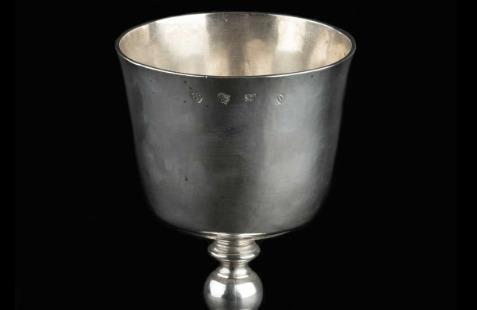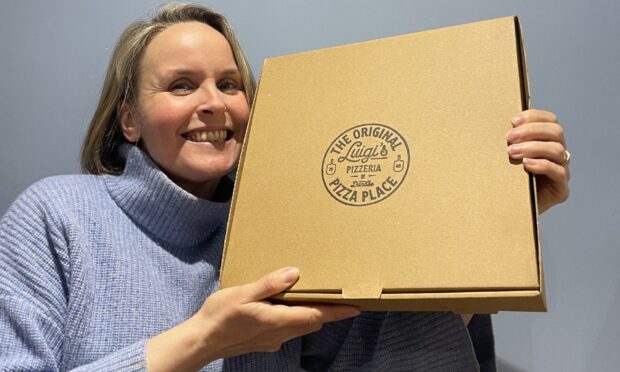Barely a week goes by without antique dealers sending off a package of gold and silver to the Jewellery Quarter in Birmingham, to be credited almost overnight with its scrap value.
These are the proceeds from items such as old chains, unfashionable charm bracelets, broken watches and damaged jewellery, now unloved or unrequired, which are deemed worthy only of their weight in precious metals.
This meltdown of ‘scrap’ is a recycling process which has gone on for centuries.
A modest aesthetic
This makes early silver rare, not least examples from the brief period in British history called the Commonwealth, when there was no monarch on the throne and when Puritanical ideology demanded an end to decoration and embellishment.
Much ecclesiastical silver was melted down for coin during the Civil Wars and the Interregnum years between the execution of Charles I in 1649 and the arrival of his son Charles in London in 1660. And the silver plate and hollow ware which was produced at this time was plain, of modest proportions and unadorned – as dictated by Puritan philosophy.
Rare goblet
At Mallam’s Auctions on June 16, a rare Commonwealth silver wine goblet attracted bidders from far and wide.
With barely a silversmith’s flourish to be seen, the goblet’s only nod to creativity was a slightly flared bowl. It was engraved with ‘L’ over ‘WM’ initials on its side, carried the maker’s mark ‘I. G.’ and the hallmarks for London, 1655. It was seven inches high and weighed 10 oz.
Recognised as a rare 17th century Commonwealth survivor, the cup smashed through its attractive pre-sale estimate of £300-£500 to take £9500.










